As 2020 approaches an end, cash basis farmers may need to seek trusted advice for year-end considerations. Various financial factors contributed to a year that saw many challenges including a world-wide pandemic.
Farmers have several tools available to assist with managing their tax liability, however some of these tools need to be taken advantage of prior to December 31, 2020.
What did 2020 bring that created a need for additional tax planning? Net farm income (a broad measure of profits) in the United States is forecasted to increase 22.7 percent ($19.0 billion) to $102.7 billion in 2020, according to USDA Economic Research Service (ERS) (https://www.ers.usda.gov/topics/farm-economy/farm-sector-income-finances/farm-sector-income-forecast/). If adjusted for inflation, net farm income in 2020 would be 25.4 percent below its peak in 2013 ($137.6 billion), but still 13.8 percent above 2000-2019 average ($90.2 billion).
The projected increase in net farm income is despite forecasted declines of cash receipts (income) for all commodities of 3.3 percent ($12.3 billion) to $358.3 billion in 2020. Direct government farm payments – which include Federal farm program payments paid directly to farmers – are expected to be the significant difference in 2020 and are forecasted to increase $14.7 billion (65.7 percent) to $37.2 billion. These unexpected payments may have assisted farmers in weathering 2020 a little better than anticipated. Proper management of this income bunching is important to maximize its benefit when tax planning.
Many of the government program payments must be included in a farmer’s gross income in the year that it was received. These payments were issued as a result of a market disruption or price loss and will be taxed as ordinary income. In addition, this income will be subject to self-employment tax for farmers.
Farmers may receive crop insurance payments in 2020 as a result of crop damage, drought, freeze, or other crop losses (destruction of crops). In most cases, a farmer must report crop insurance proceeds in the year received. Under some circumstances, the crop payment may be deferred to the following year’s income if a farmer typically sells the crop the year following its harvest.
Avoiding income spikes and dips prevents overall income from being taxed at unnecessarily high tax rates. Consult with a trusted tax professional to discuss if one of these options may work best for your farm business: prepay farm inputs, income averaging, retirement account contributions, gift commodities to charity, timing purchase or sale of assets, managing deprecation of assets.
Farmers can also reference end of year considerations and tax planning information on UW-Madison Division of Extension’s Farm Management website at https://farms.extension.wisc.edu/.

